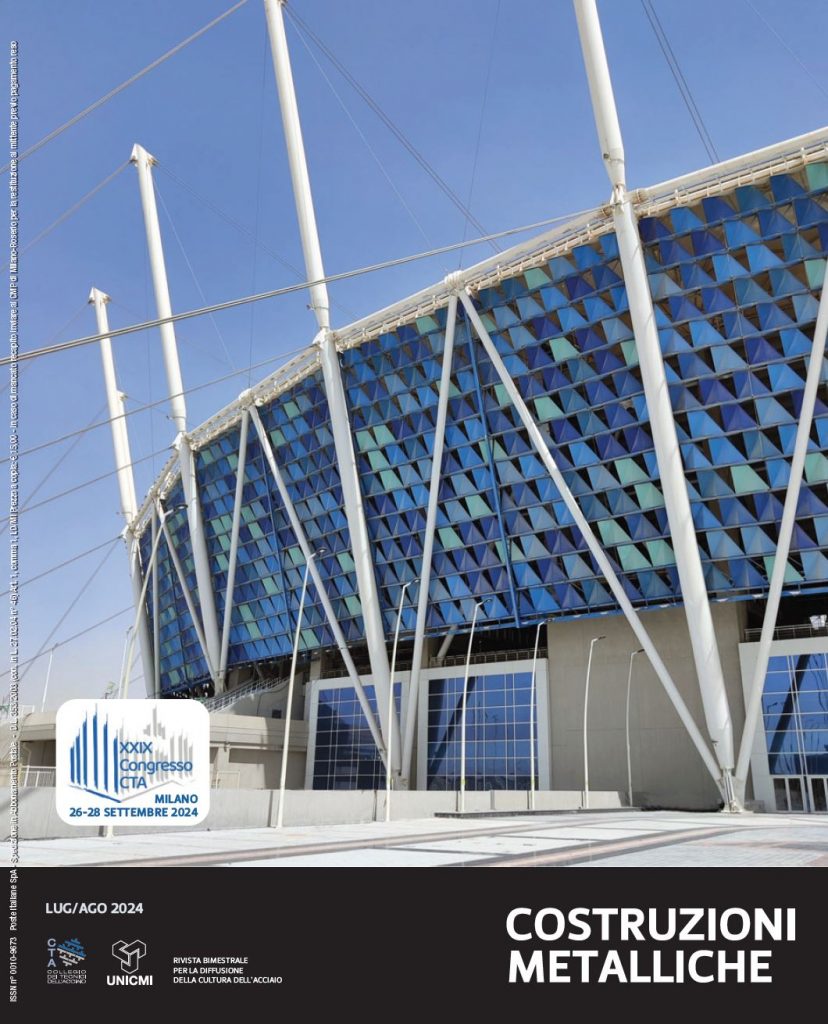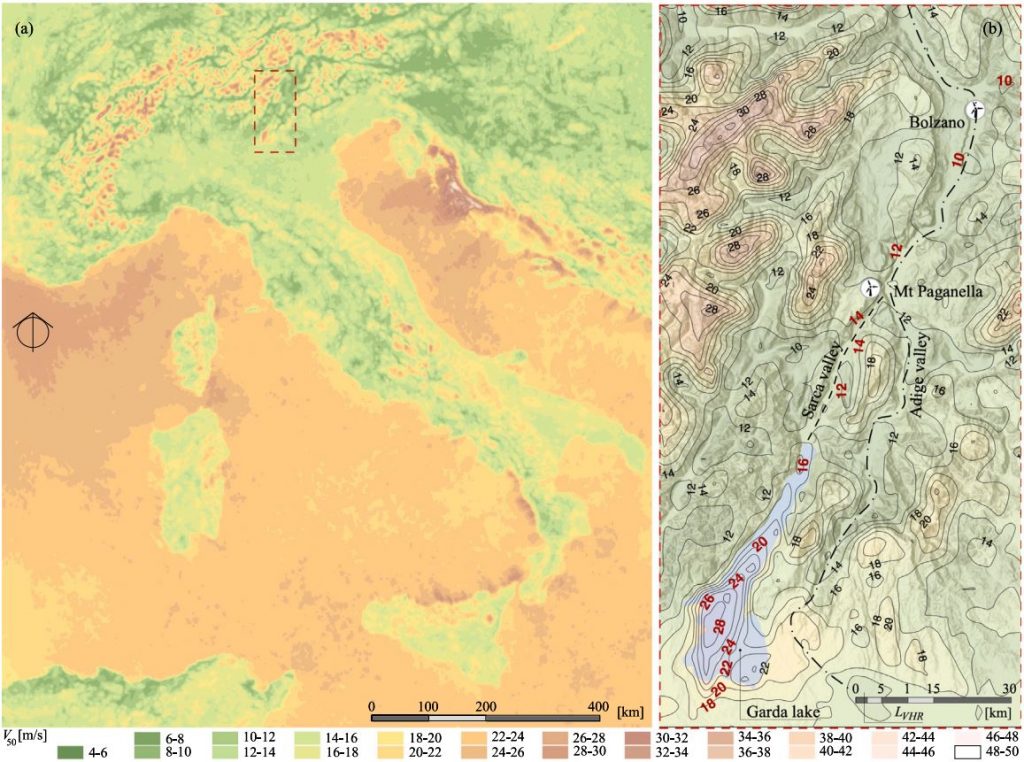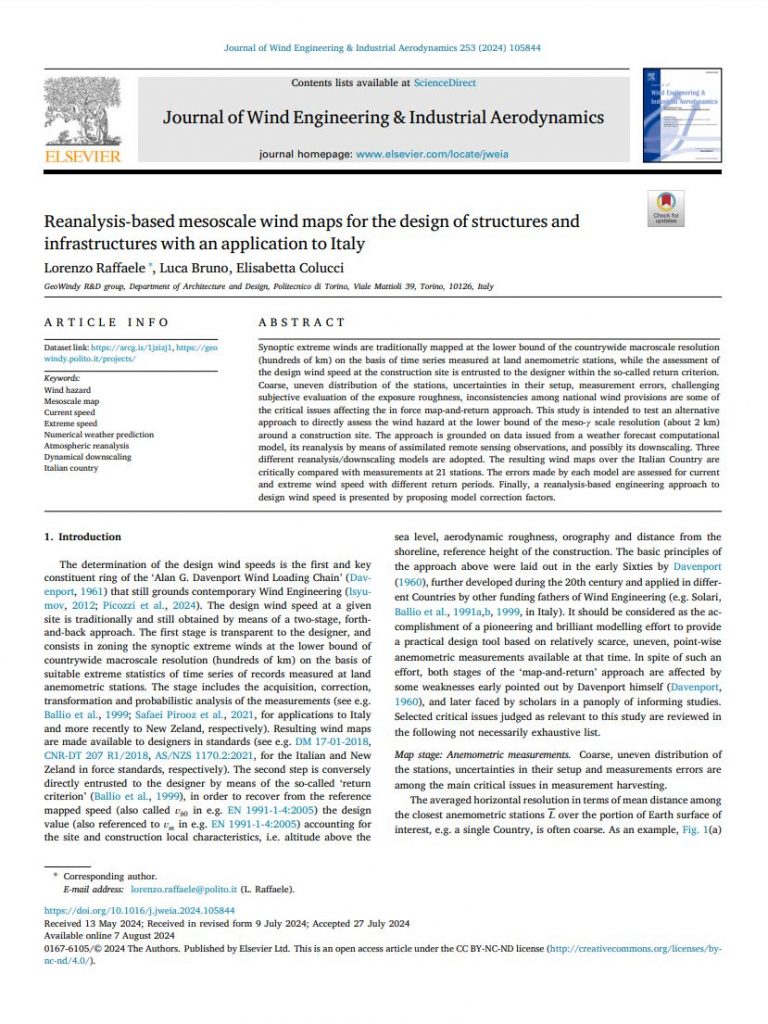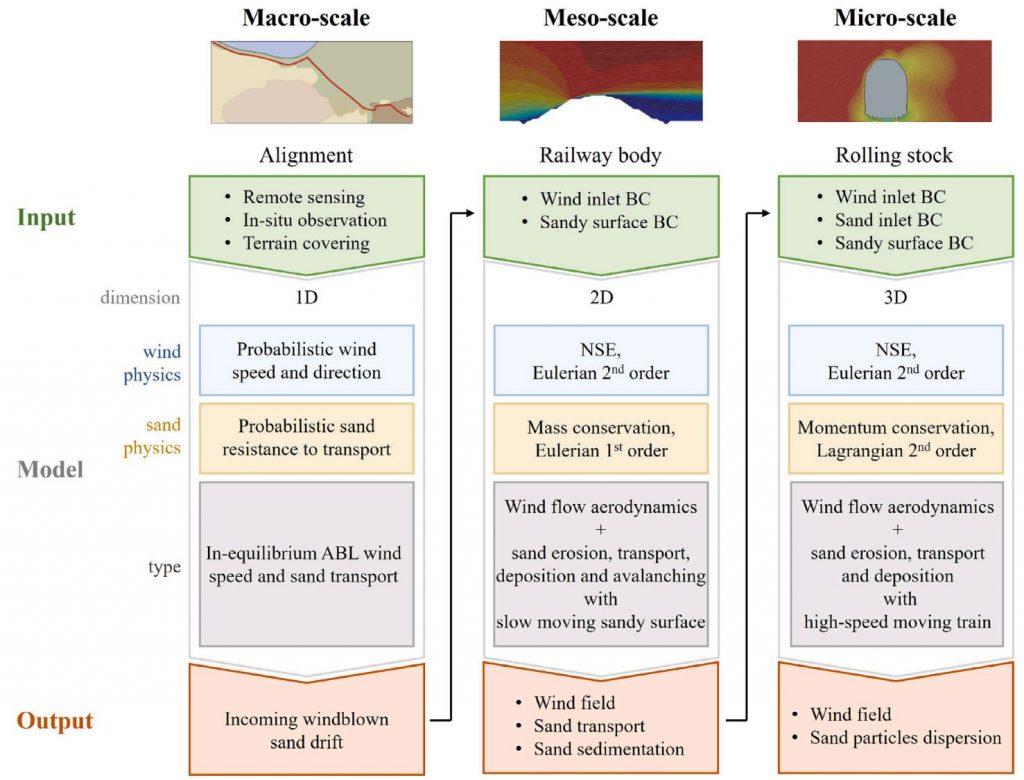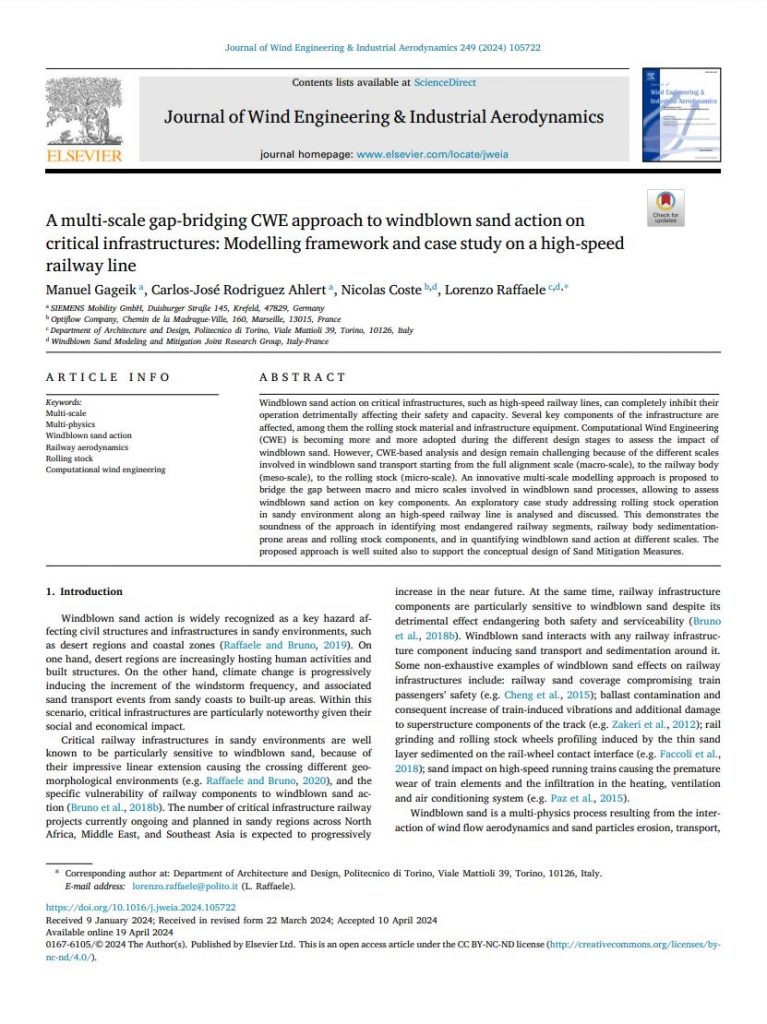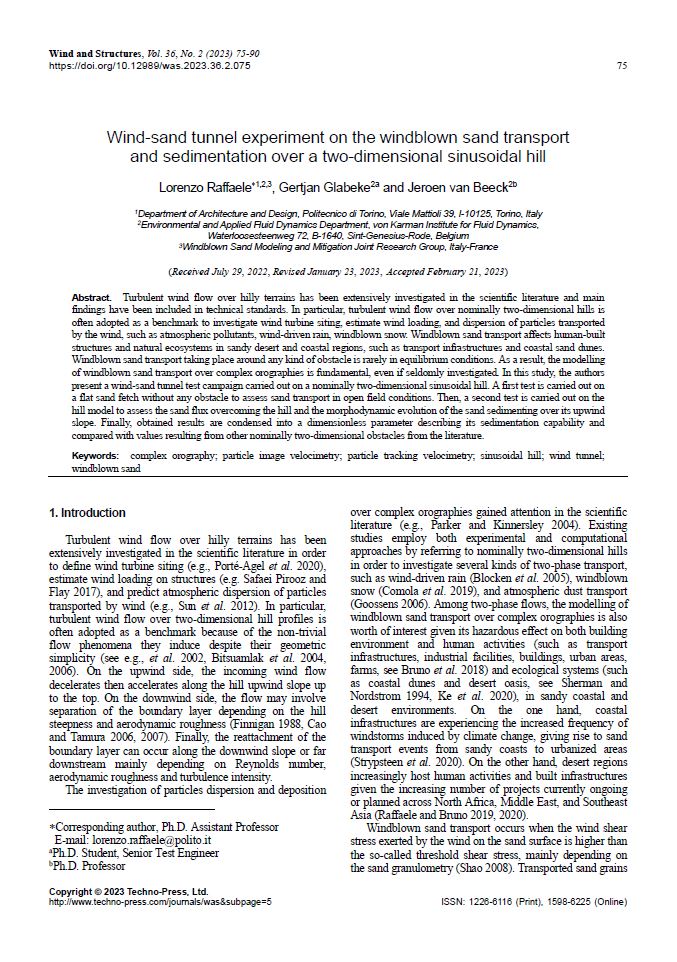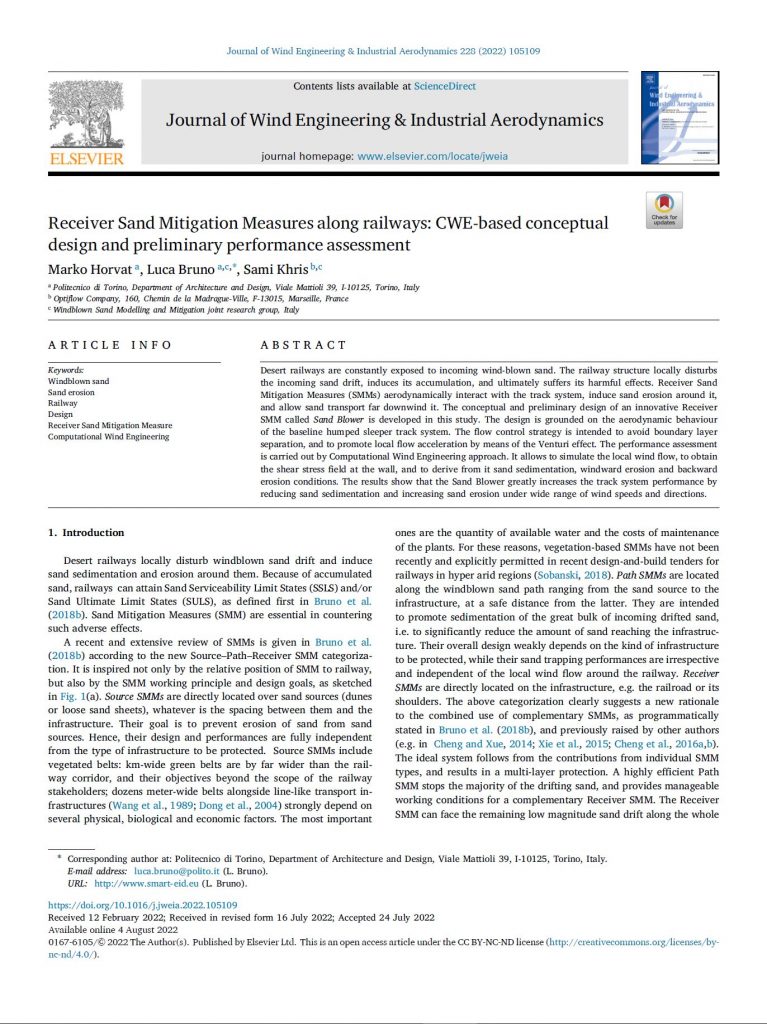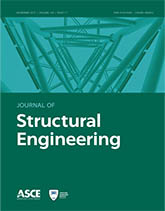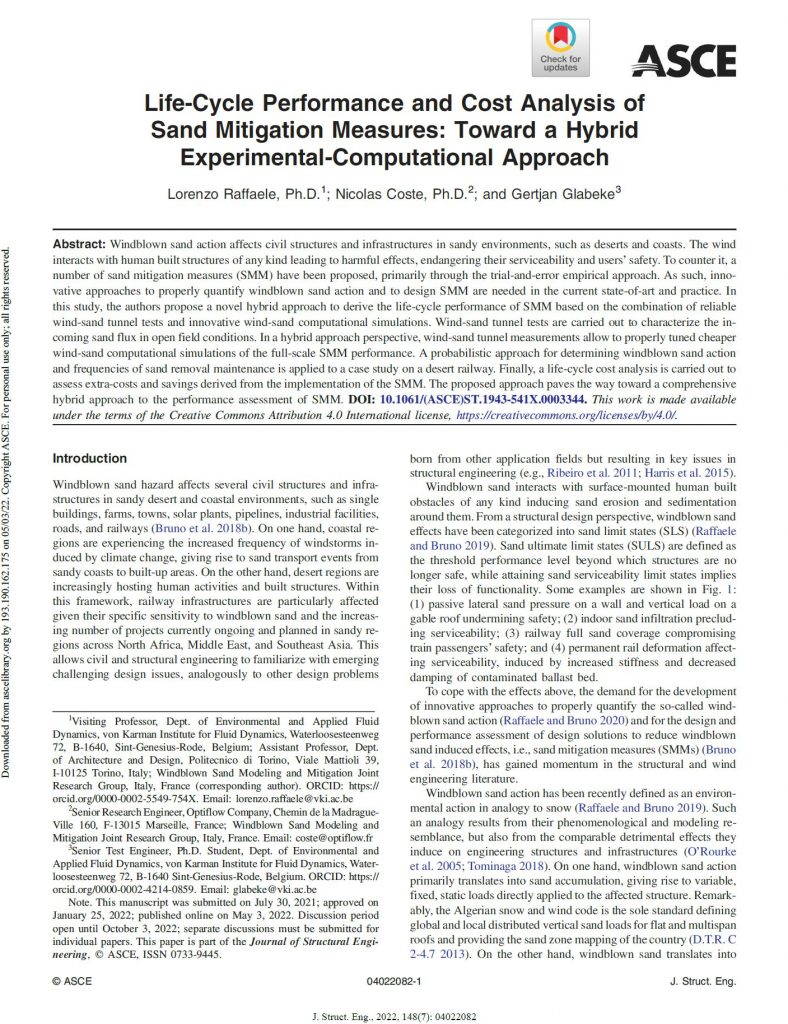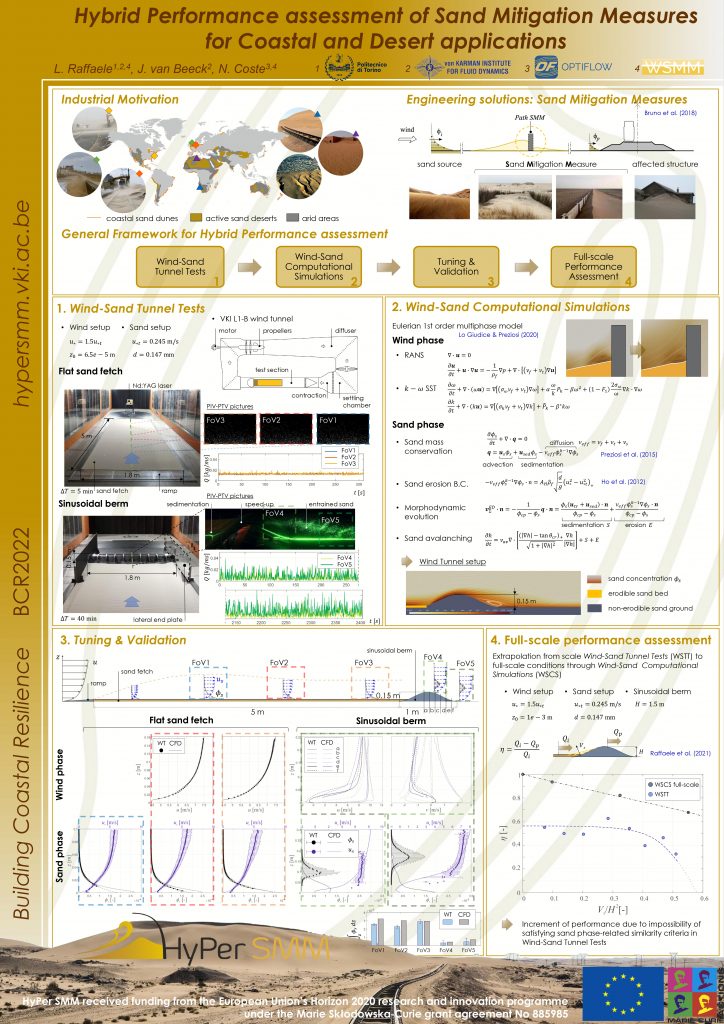The sixth journal paper in the framework of the PROTEECT project has been published on Costruzioni Metalliche.
This study aims to formalize, implement, critically discuss and verify a novel Italian extreme wind speed map . The results obtained offer the designer an innovative approach, and a simple-to-use tool, consistent and uniformly extended to the entire national territory.
The study was carried out in the framework of the GeoWindy R&D group (https://geowindy.polito.it) at the Department of Architecture and Design – Politecnico di Torino.
The paper can be downloaded from the following link.

